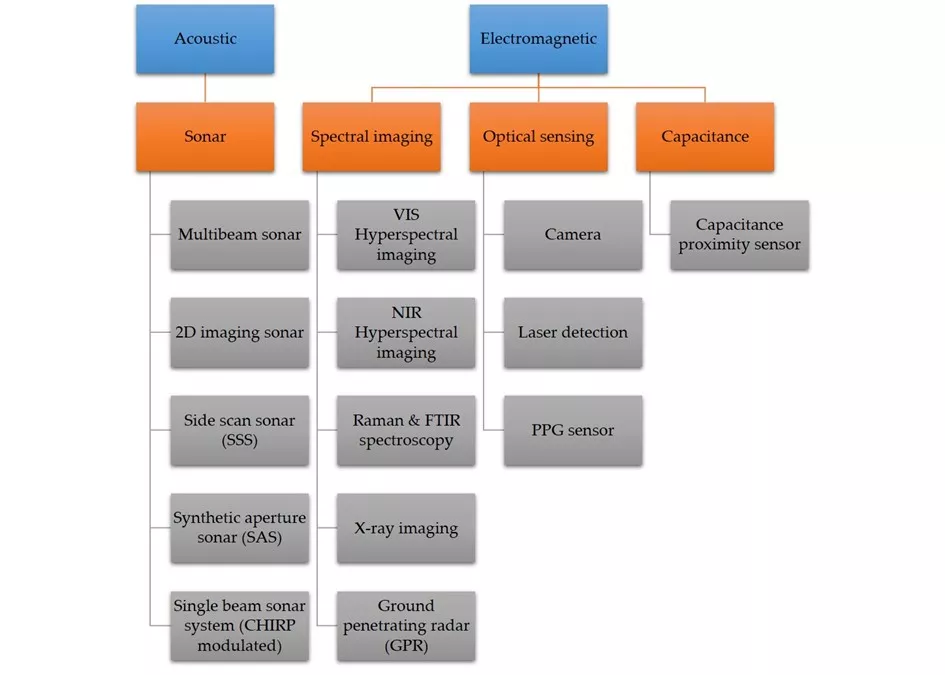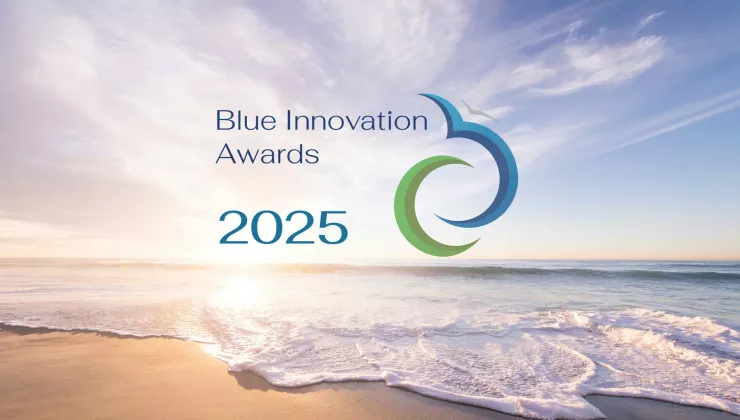New technologies to monitor plastic litter on the seafloor
The increasing amount of plastic in the world's oceans in recent decades has raised concerns about potential impacts on the marine environment, marine organisms and human health. This has led to marine litter, particularly plastic litter, being high on the political agenda.
Much of this plastic sinks to the bottom, making the monitoring and quantification of marine litter on the seabed necessary. Monitoring litter in marine environments is a fundamental part of environmental reporting and ecological risk assessments, which are ideally based on real conditions.
Identification
Since current monitoring techniques have their limitations, scientists are looking for new and innovative ways to detect and quantify plastic litter on the seafloor and in the lower layer of the water column. Based on a literature review, a number of technologies were identified for this purpose.
The selected technologies can be seen in the image below. The overall conclusion was that most technologies require further development before they can be effectively deployed in marine environments and provide results comparable to existing monitoring programs.

Takeaways
The most important results of the literature review were:
- Sonar systems (e.g. 2D imaging sonars) and optical detection systems (e.g. cameras) are the most advanced for in situ detection of meso- and macroplastic;
- Synthetic Aperture Sonars (SAS) have particular potential for the detection of plastic on the seabed;
- Spectral imaging and capacitance systems look promising at a proof-of-concept level, but have not yet been validated in an operational environment;
- Further research is urgently needed for technologies focused on micro- and mesoplastics.
Detection methods are also region-specific in terms of applicability. That is why a decision aid tool has been developed to determine the most suitable method for different scenarios.
Next steps
The information gathered, combined with the proposed decision aid, can be useful in identifying the optimal design of monitoring systems for seabed litter. However, there is still a need to compare different technologies to ensure that the resulting monitoring data are fit for purpose and sufficiently comparable between different studies and analyses.
The technologies listed above, on their own or in combination, have the potential to contribute to the creation of more reliable global environmental indicators and monitoring programs for plastic pollution. The relevant agencies should therefore develop a roadmap for the harmonization, validation, adoption and introduction of these technologies into official monitoring programs.
Disclaimer
The above text is an abridged version of a policy briefing summary prepared by Matthias Sandra (VLIZ) in the framework of the PLUXIN project (in collaboration with ICES). All rights reserved.


